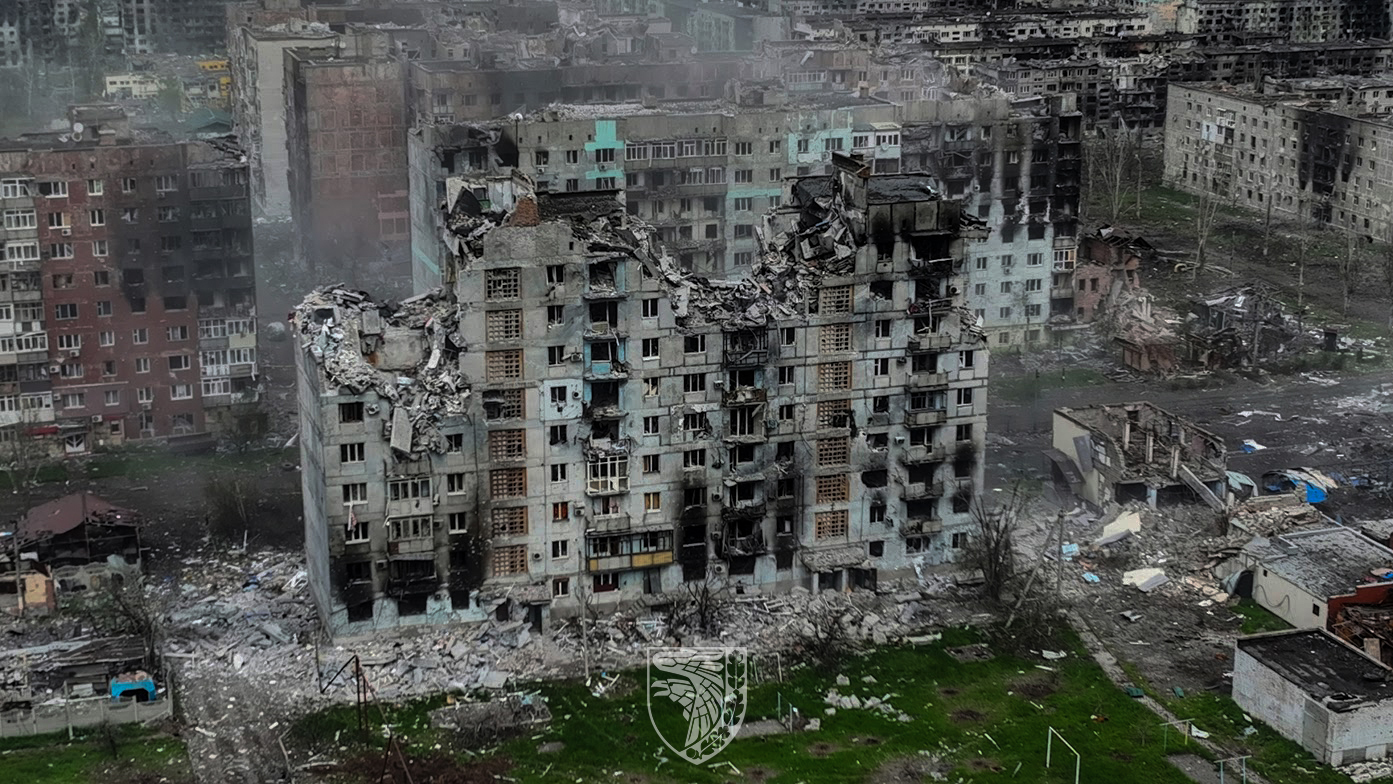Russian companies are funneling billions of rubles into temporarily occupied Ukrainian territories under the guise of a “special infrastructure project,” according to InformPalm.
Russia is transforming occupied Ukrainian regions into military bases. Moscow troops use Donetsk and Luhansk oblasts to build up combat units and organize logistics hubs. Meanwhile, from occupied Crimea, Russian forces continue to launch missiles and drones at other Ukrainian cities.
The Kremlin allocates budget funds and transfers them to selected companies through classified contracts. Those companies create fictitious subcontractors and spend the money mostly on paper.
Actual construction is limited to minimal work done just for propaganda visuals. According to InformPalm, which accessed correspondence between Russian authorities and companies intercepted by the 256 Cyber Assault Group, this is a centralized program for distributing billions of dollars that end up in the pockets of Kremlin-connected business groups.
“The main goal is not regional development but financial support for the military presence and enrichment of pro-Kremlin businesses,” the investigation says.
Since 2022, Russia has forcibly applied the Crimea development model to newly occupied territories, boiling down to “money pumping, fictitious rebuilding, propaganda, and anonymity guarantees,” creating the illusion of progress.
“All resources are concentrated in Russian contractors formally not linked to their parent companies,” experts note.
Six Russian ministries are involved in this scheme, and the Ministry of Construction even created a special department to implement the project.
Who is involved?
The 256 Cyber Assault Group published two lists (2022 and 2024) of 194 companies allowed to work in the temporarily occupied territories. These include both little-known shell companies and major players such as:
- Rostelecom
- VAD
- Avtodor-Engineering
- R-Stroy (linked to projects in destroyed Mariupol)
The mechanism is standard: a company receives a contract, keeps part of the funds, and passes the work to subcontractors. For example, SK Sirius, registered in Crimea, is liquidating after one year of operation.
Most workers are brought in from Russia, creating minimal load on the local economy. Propaganda uses this as proof of successful restoration.
Special case is Miranda-Media
Since 2014, this company has provided telecommunications infrastructure in the occupied territories, Crimea, and Donbas. The EU sanctioned it only at the end of 2023. However, its subsidiary Myrtelecom operated without restrictions for a long time.
Sanctions issues and prospects
Although sanctions have affected some companies, most operate openly, holding assets in Russia and partners abroad.
Striking these companies with sanctions could not only halt funding of military projects but also break corruption links within the system.
However, the Kremlin successfully conceals ultimate beneficiaries through chains of subcontractors and legally clean entities, complicating the enforcement of international restrictions.
Read also
-
Former prison colony head allegedly killed in targeted vehicle bombing in occupied Donetsk
-
UN confirms Russia’s guilt for Olenivka massacre in 2022— Ukraine vows to hold Azovstal killers accountable
-
Russians in Crimea pack up as relentless sound of air alerts and sight of tanks become their new reality




